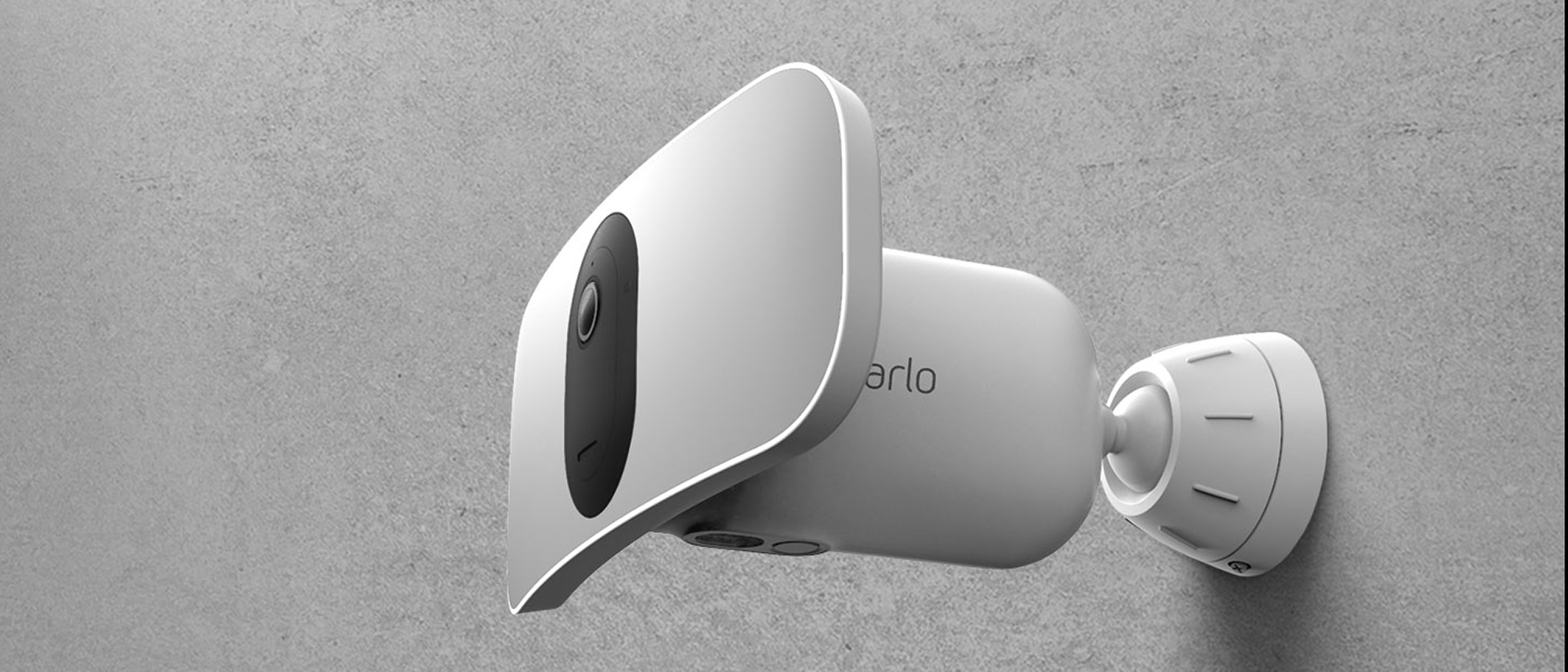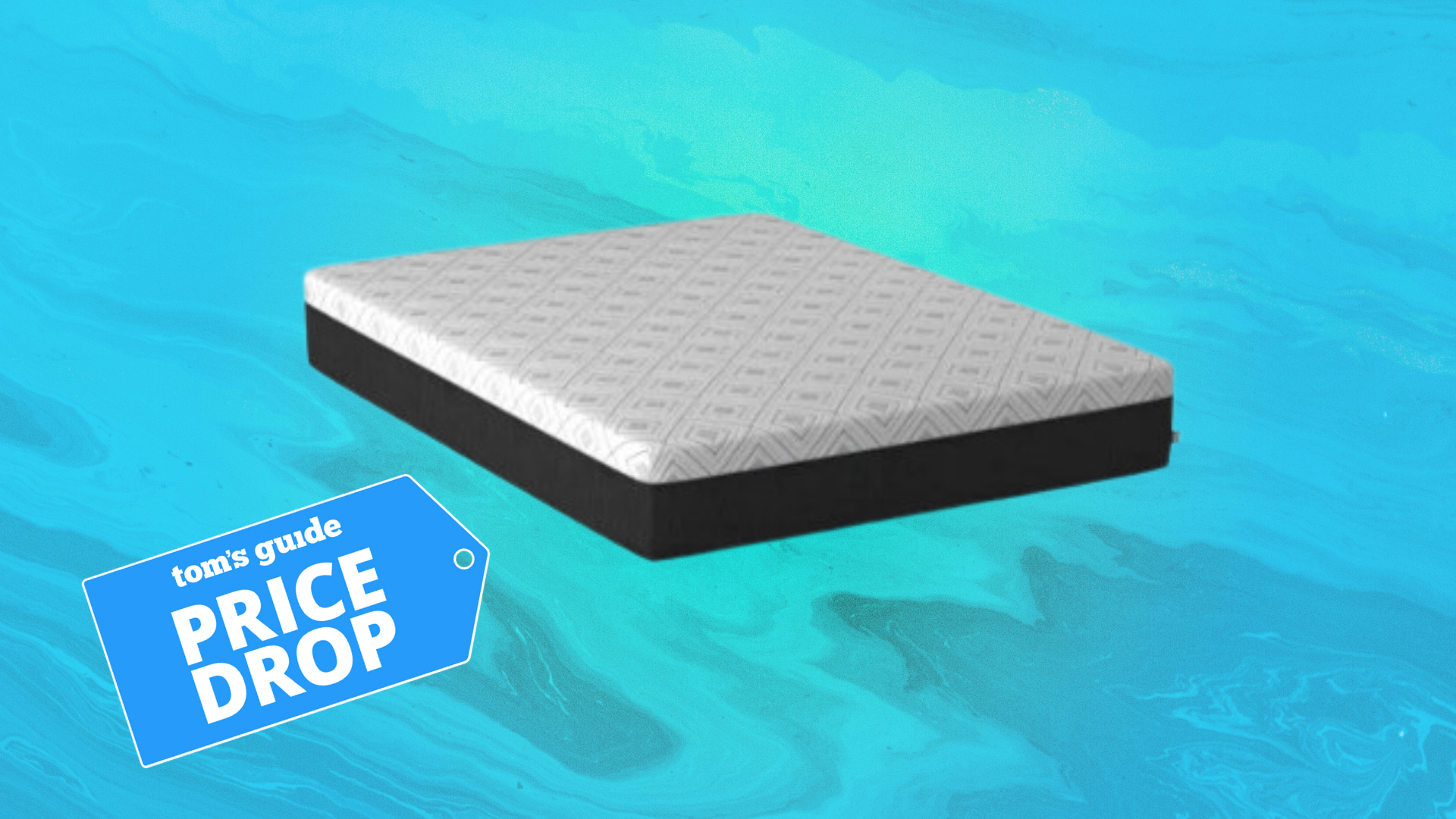Tom's Guide Verdict
Arlo Pro 3 Floodlight Camera review
Pros
- +
Good video
- +
Built-in floodlight
- +
Digital subject tracking
Cons
- -
Requires subscription for many features
- -
Short battery life
Why you can trust Tom's Guide
Video resolution: 2K (2560x1440 )
Field of view: 160 degrees
Brightness: 2000 lumens (3000 if wired)
Battery life: Up to 6 months
Works with: Alexa, Google Assistant, HomeKit, SmartThings, IFTTT
Size: 8.6 x 7.5 x 3.1 inches
The Arlo Pro 3 Floodlight Camera is little more than the Arlo Pro 3 with a large LED panel strapped to the front. But that big ol' light adds an extra layer of functionality, not only making it easier for the camera to see everything, but for you to see everything when you’re outdoors. Because the Arlo Pro 3 is battery-powered, it’s a lot easier to install than other outdoor floodlights too.
That’s why the Arlo Pro 3 Floodlight is one of the best outdoor security cameras, although you’ll probably end up spending more if you don’t want to have to climb up a ladder to recharge its battery.
- Best home security cameras
- Keep safe with one of the best smart locks
Arlo Pro 3 Floodlight Camera review: Design and installation
Unlike the Ring Floodlight camera, the Arlo is sleeker — just one piece — while the Ring has the camera in a center section, with two separate floodlights on either side. Ring’s design is more traditional and gives you more precise control over where the floodlights are pointed, but Arlo’s is a lot less fussy.

The Arlo is also a lot easier to install. That’s because it runs off battery power whereas the Ring needs to be hardwired into an existing junction box. That also limits where you can use the Ring, unless you want to hire an electrician.
For the Arlo, all I had to do was screw a mounting plate into the wall, then attach the camera and tighten another screw. It took all of five minutes.
Arlo Pro 3 Floodlight Camera: Battery life
However, this also means that you’re going to have to recharge the Arlo’s battery from time to time. Because most floodlights are installed fairly high up — above doors, for example — it means you’ll also need a ladder.
Arlo says that the Pro 3 Floodlight’s battery should last up to six months, but that’s highly optimistic and assumes you’ll never use its LEDs. After just five days, the battery charge had dropped by about 20% percent, and after 10 days, the battery needed to be recharged.
Get instant access to breaking news, the hottest reviews, great deals and helpful tips.
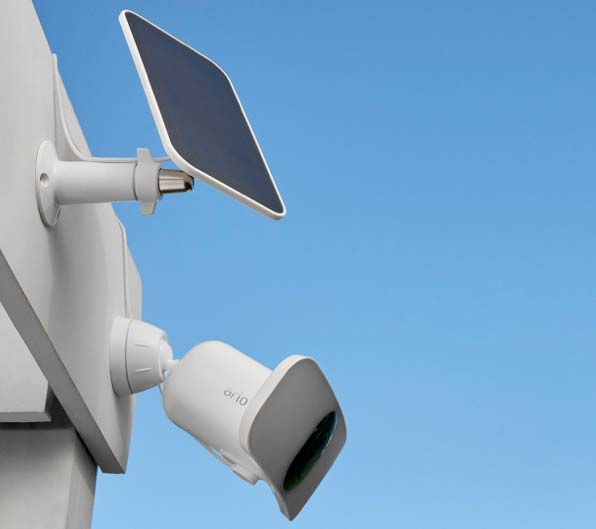
Arlo offers a few remedies for this: A solar panel ($79.99), a 25-foot outdoor charging cable ($49.99), and an extended battery ($79.99).
Arlo Pro 3 Floodlight Camera review: Image quality
Daytime video from the Arlo Pro 3 was pretty good. I could easily make out details, such as the stripes on my gray cat as well as the fading red paint on my weathered deck. Still, I was expecting slightly better quality given that the camera records at 2K resolution.
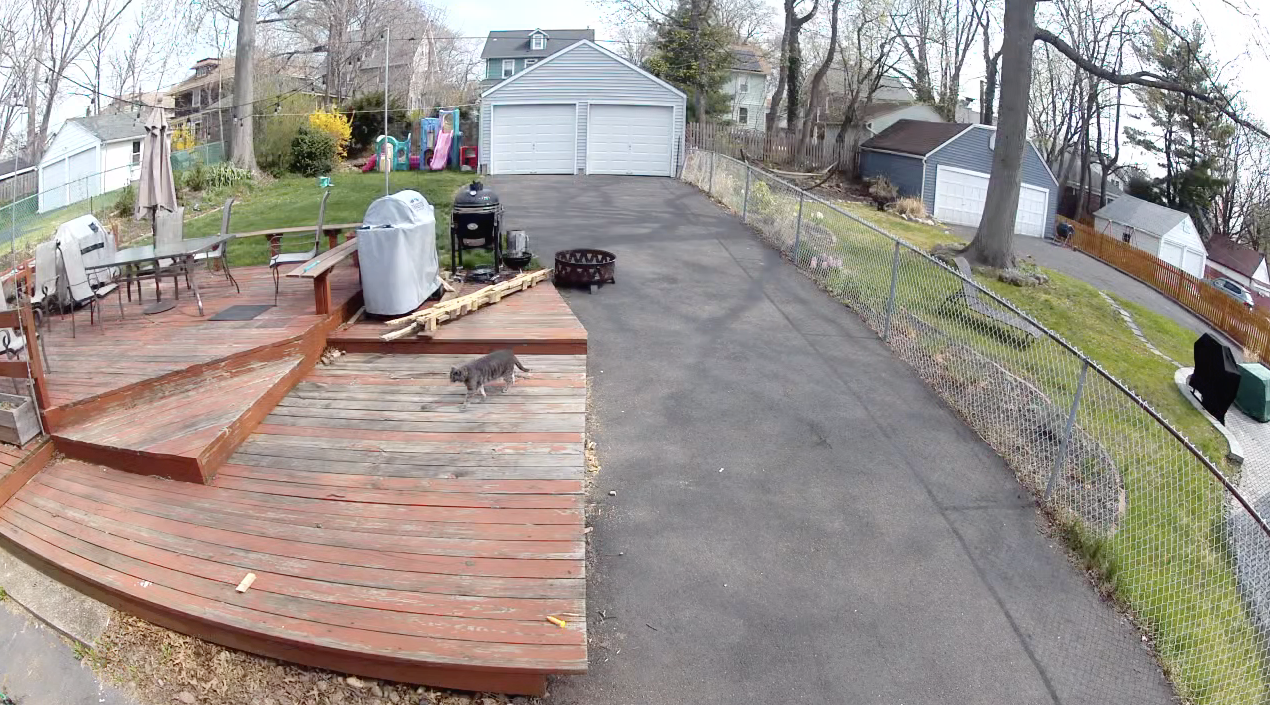
Nighttime color video from the Arlo was OK, but not great. It was much less defined than daytime video, so it was harder to make out details. When the LEDs were set at 100%, its lights washed out my face a bit, even though I was standing roughly 15 feet away from the camera. My face was a bit blurry as I was walking, too. Still, the Arlo performend slightly better than the Ring Floodlight Cam.
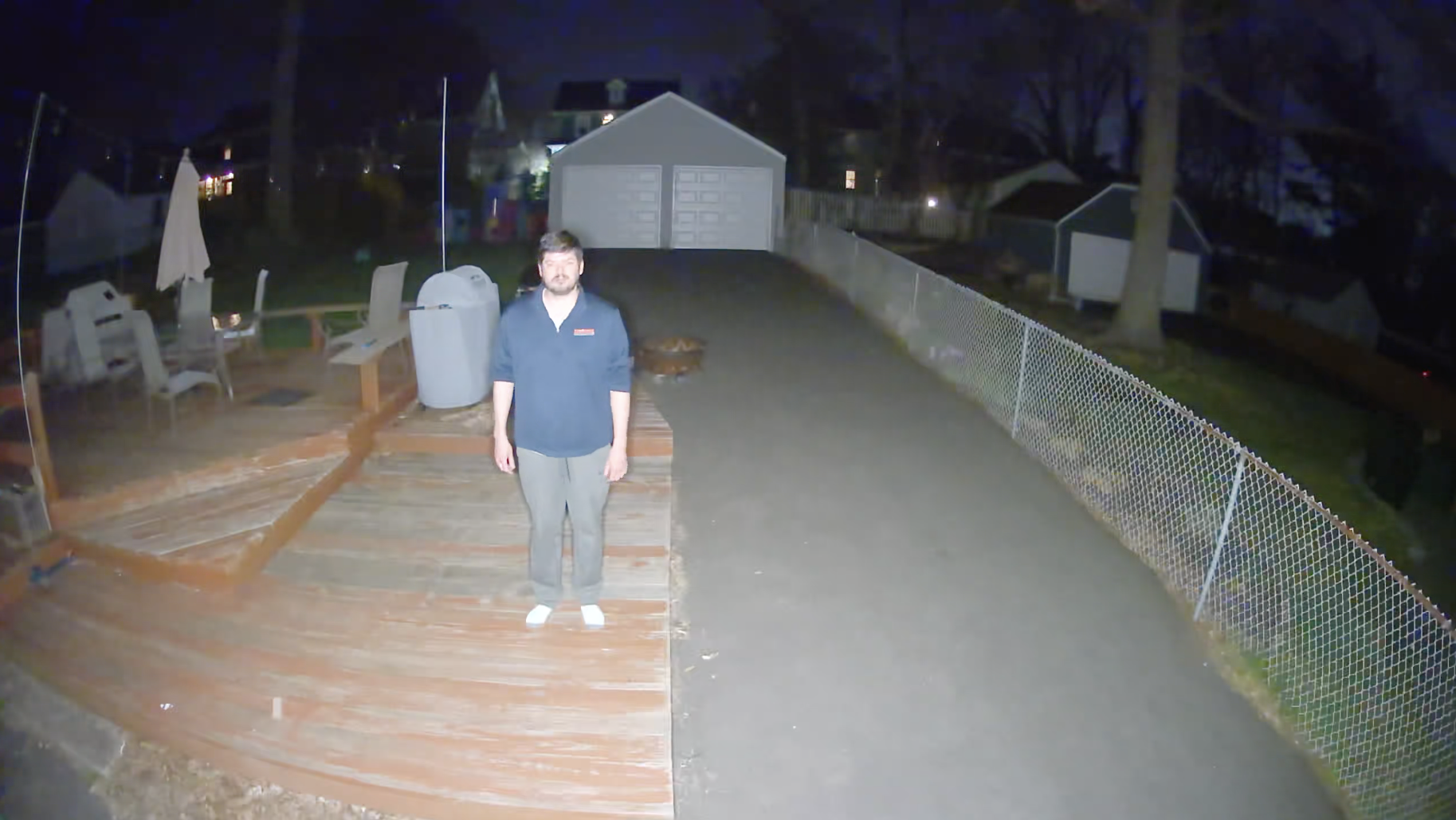
Both the Ring and the Arlo cameras claim to have similar fields of view, though they’re measured differently. Arlo says the Pro 3 Floodlight has a 160-degree diagonal FOV; Ring says its Floodlight Cam has a 140-degree horizontal and 78-degree vertical FOV, which roughly equates to a 160-degree diagonal FOV.
When looking at my videos, the Ring appears to show even more than the Arlo. However, its wider perspective made objects seem farther away.
The Arlo’s higher resolution allows for a feature called Auto zoom and tracking. When enabled, it will digitally pan and zoom to give you a closer look at the person or object moving across the camera’s field of vision.

The feature works pretty well, though it does get confused if there is more than one subject in frame, and can be slow to react if a person is walking directly toward the camera. I also found that the panning and zooming can be a bit jittery, but it was sensitive enough to track objects as small as my cat.
The lights from the Arlo were able to illuminate more of my yard — the fluorescent colors of my kid’s playset are more evident — but Ring’s upcoming Floodlight Cam Wired Pro will have more powerful lights.
Arlo Pro 3 Floodlight Camera review: App
Arlo’s app continues to be one of the best among security cameras. Everything is laid out logically.
One of the best aspects is in how it presents recorded videos: You’re shown a list of videos along with a small thumbnail image, which makes it easy to see at a glance if the video is one worth taking a closer look. Ring’s app has a similar view, but without images, so you can’t tell which video is important without watching it first.
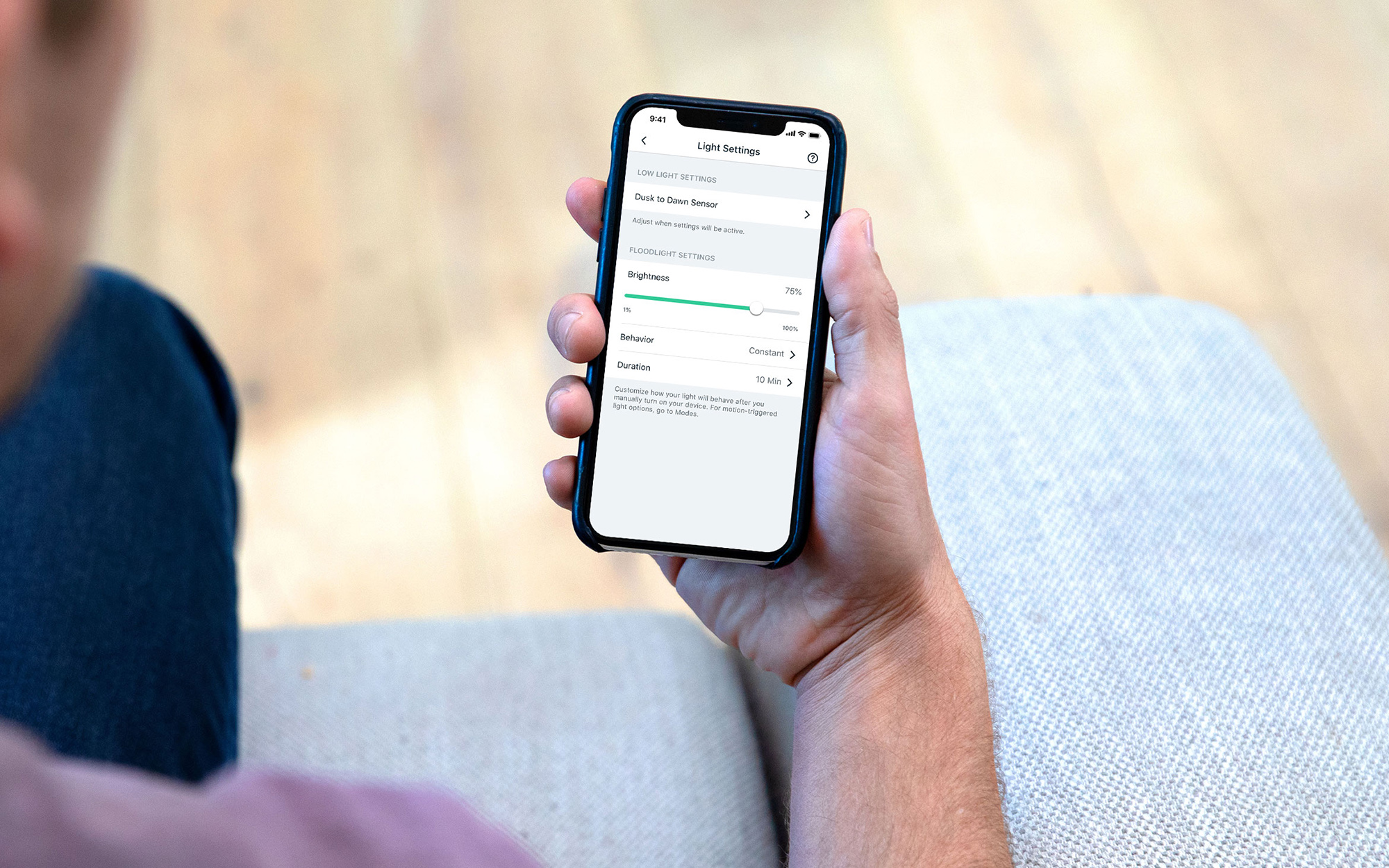
From within the app, you can create schedules for when the camera should be armed, including a geofencing setting so that the camera will arm automatically when you leave home.
Provided you have an Arlo Smart subscription, you can also specify if you want to receive alerts for people, vehicles or animals, or if you receive a package.
You can also adjust the brightness of the LED, if it should be steady or flash, and adjust the Arlo’s field of view, from Wide (160 degrees) to Standard (125 degrees) to Full (110 degrees).
Arlo Pro 3 Floodlight Camera review: Smart home compatibility
One nice thing about Arlo’s cameras in general is that they not only work with Alexa and Google Assistant, but that they’re also HomeKit compatible so fans of Apple’s smart-home ecosystem aren’t left out in the cold. However, for it to work with HomeKit (as well as SmartThings), you’ll also need the Arlo Base Station ($99, sold separately).
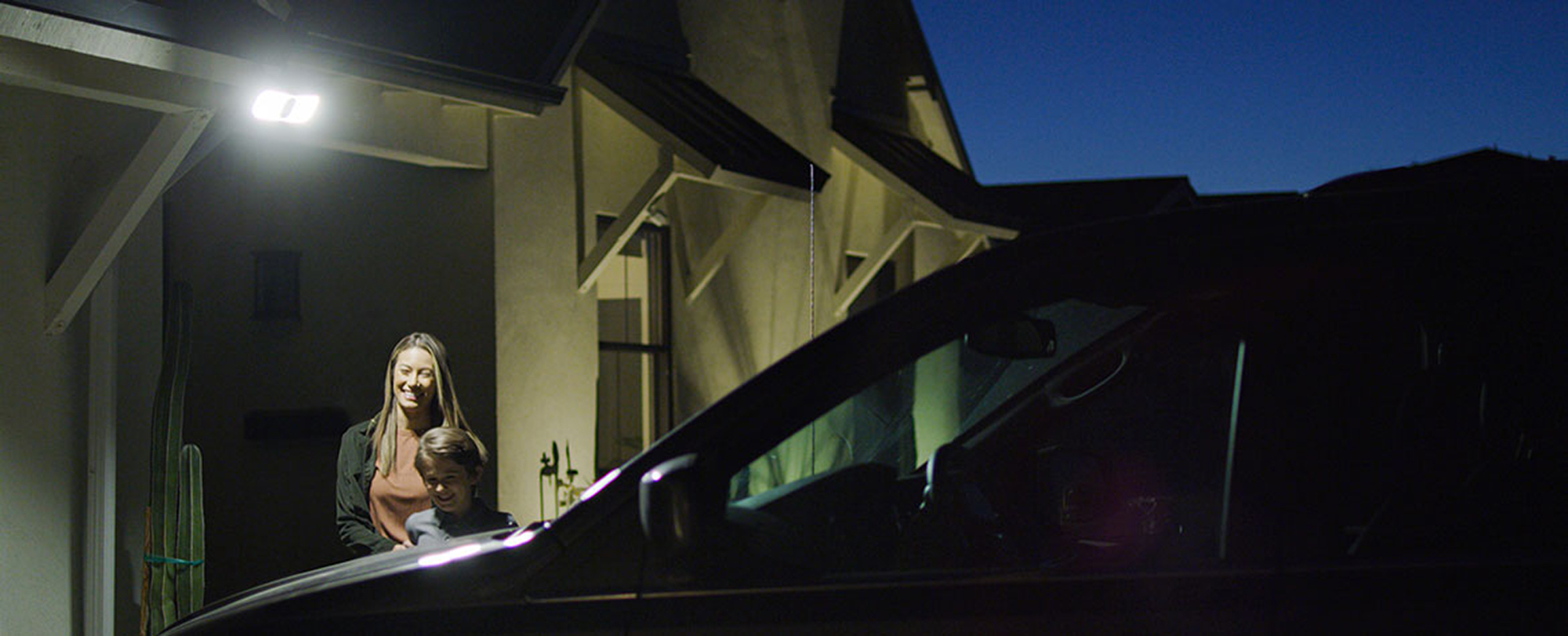
That means that you can not only control the cameras using the smart assistant of your choice, but if you have a smart display (such as the Amazon Echo Show or Google Nest Hub Max) or a streaming device such as the Apple TV, Fire Stick, or Chromecast with Android, you can view a stream from the camera on those devices. By comparison, you can only view a feed from the Ring Floodlight Camera on Amazon devices.
Arlo Pro 3 Floodlight Camera review: Cloud storage fees
As is the case with many security cameras, if you want to use all of the Arlo Essential’s features, as well as save video in the cloud, you’ll have to subscribe to Arlo Smart.
The Arlo Smart Premier plan costs $2.99/month for a single camera and $9.99/month for up to five cameras at a single location. This lets you save and view up to 30 days of recordings in the cloud, enables person, vehicle, animal, and package detection, rich notifications, and custom activity zones.
Arlo’s plans are competitive when compared to other security cameras’ cloud storage plans. Blink and Ring’s plans, for example, start at $3/month for a single camera and include 60 days of rolling cloud storage. For $10/month, you get an unlimited number of cameras at a single location.
Arlo Pro 3 Floodlight Camera review: Verdict
The Arlo Pro 3 Floodlight Camera is a good — and perhaps better — alternative to the Ring Floodlight Camera. It’s far easier to install, works with more smart-home systems, and has more camera features.
The Arlo Pro 3's biggest drawback is that it’s battery-powered, which means that unless you spend even more money to get a solar charger or extension cord, you’re going to have to recharge the camera's battery every few weeks or months, depending on how often its lights turn on. But those extra accessories could be worth the versatility you get with the Arlo Pro 3 Floodlight Camera.

Michael A. Prospero is the U.S. Editor-in-Chief for Tom’s Guide. He oversees all evergreen content and oversees the Homes, Smart Home, and Fitness/Wearables categories for the site. In his spare time, he also tests out the latest drones, electric scooters, and smart home gadgets, such as video doorbells. Before his tenure at Tom's Guide, he was the Reviews Editor for Laptop Magazine, a reporter at Fast Company, the Times of Trenton, and, many eons back, an intern at George magazine. He received his undergraduate degree from Boston College, where he worked on the campus newspaper The Heights, and then attended the Columbia University school of Journalism. When he’s not testing out the latest running watch, electric scooter, or skiing or training for a marathon, he’s probably using the latest sous vide machine, smoker, or pizza oven, to the delight — or chagrin — of his family.
